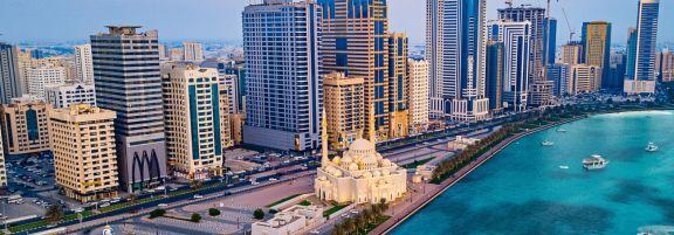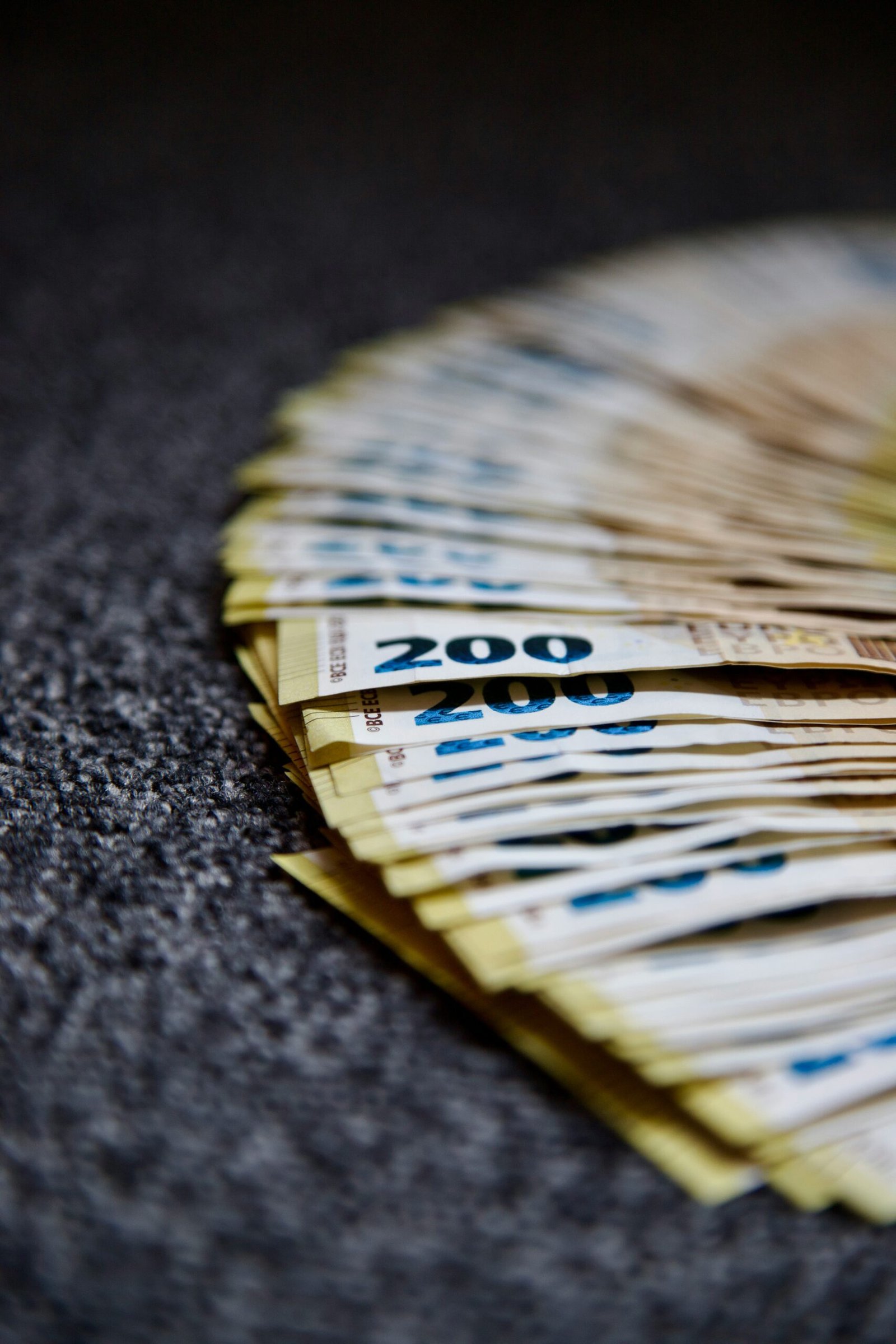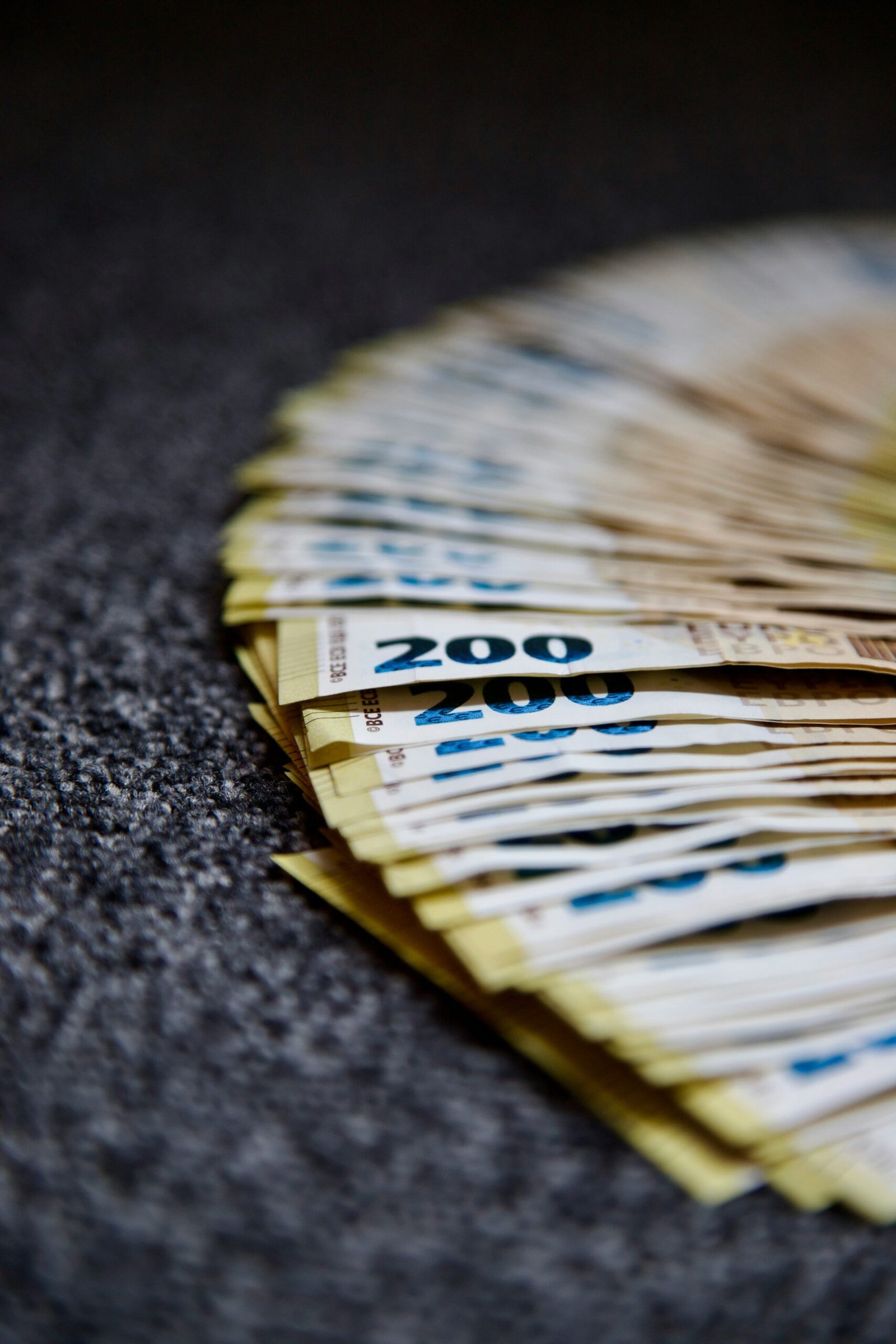United Arab Emirates’ cultural center in Sharjah operates continuously between traditional architectural heritage and modern buildings through well-organized harmonization methods. Public heritage preservation functions as the primary emphasis of UAE design standards which results in architectural practices at Dubai that differ from cultural developments at Sharjah through low-scale buildings. The cultural institutions within Sharjah dedicate their efforts to safeguard genuine Islamic and Arab design elements which constitute the historic legacy of the United Arab Emirates. Furthermore, using Booking.com promo code helps you save huge while booking tickets online for your trips.
Isolation of historical moments remains intact throughout Sharjah because the city draws together contemporary exhibit spaces with historical landmarks along with traditional marketplaces. History students’ study both architectural elements and authentic works while analyzing social records at historical locations. Multiple storytelling approaches employed throughout Sharjah’s historical sites show the cultural progression of Emirati traditions that attracts both academics and cultural tourism enthusiasts. Sharjah’s well-defined cultural institutions function as Historic Sites which teach visitors authentic historical information.
1. Sharjah Fort (Al Hisn)
A variety of historic fortress defense systems exist at the military complex of the Sharjah Fort. This historic development spanned different times until multiple centuries allowed the creation of this site. The Al Qasimi dynasty founded Al Hisn in Al Hasn during the early 1800s to defend against outside threats. Visitors around the world recognize this site because the museum at this location shows through its historical exhibitions the development of this city over time. The defensive towers of Al Hisn provide exploration opportunities while generating space for visitors to decorate an expanded outdoor courtyard. The exhibition site displays luxury artifacts that explain how this defensive construction protected royal valuables while maintaining significant local traditions.
2. Sharjah Museum of Islamic Civilization
Within the Sharjah Museum of Islamic Civilization visitors may experience intellectual achievements representing the entirety of Islamic Islamic civilization historical periods through its extensive collection. The museum protects 5000 artifacts that document Islamic historical evolution spanning its firstispensable origins up to its contemporary period. Architect David Chipperfield designed this museum to be a central landmark of Sharjah as he unified historical collections spanning from Umayyad and Abbasid dynasties all the way to the philosophical period of the Ottoman Empire. A centralized exhibit space showcases Islamic intellect development through simultaneous displays of scientific devices next to calligraphic works and ceramic pieces and textile pieces for family audiences.
3. Al Qasba
Through the combination of traditional preservation efforts with modern artistic approaches Al Qasba waterfront development creates a unified cultural hub for the residents of Sharjah. Al Qasba waterfront entertainment design leadership came from architects who focused on creating spaces that face the Al Qasba canal waterfront. The combination of cultural values and artistic achievements establishes Sharjah as its specific touristic center. The visual elements of diverse theatrical spaces which draw from traditional Arabian architecture feature across Sharjah’s museum and gallery rooms. Residents along with visitors enjoy viewing the palm fringed vistas while boats sail silently through the canals that are part of this waterfront masterplan. In Al Qasba’s complex the 210-foot-tall Eye of the Emirates observation wheel holds the title of being the largest wheel ever constructed in this territory.
4. Sharjah Art Museum
The Sharjah artistic society’s leadership developed the museum into one of the biggest art institutions across the UAE. From its debut in 1997 this institution transformed into the predominant site for exhibition space dedicated to contemporary and traditional Arab art. Through systematic art-based exhibitions the museum chooses to display singular pieces representing Arab cultural expressions. The museum is stocked with works from prominent regional artists which touches issues of identity, culture, and heritage: Official research establish detailed information regarding the contemporary artistic behavior patterns across the Arab world. Visitors experience unique artwork through studio photography that pairs painting to sculpture and displays historical presentations of societal and environmental matters.
5. Souk Al Arsah
While rulers alongside traders maintained crucial historical architecture they developed Souk Al Arsah into the UAE’s principal traditional market featuring extensive trading practices from the city for its guests. The Heritage Area displays its essential exhibition at Souk Al Arsah which features historical trading merchandise arrangements of spices as well as textiles and perfumes and traditional handmade products. The maintenance teams alongside Christine Castincoli tackled the protection of traditional wood market stands within Souk Al Arsah complex narrow pathways. Local construction elements composed of wind towers and mud-brick walls function as part of traditional architectural traditions throughout this region. Visitors can find handmade artifacts, handcrafted jewelry and traditional cooking spices alongside local textiles as they walk through this cultural treasure display featuring handcrafted items in the marketplace


